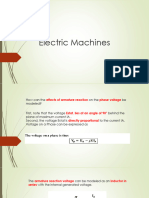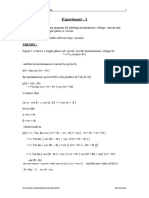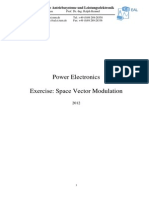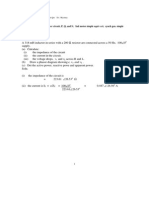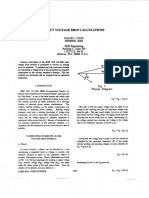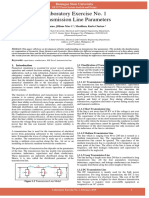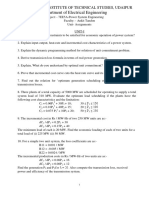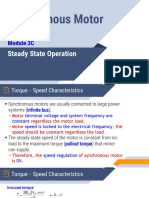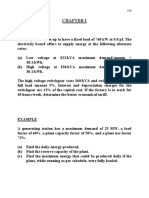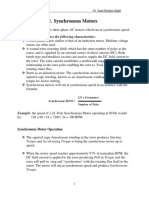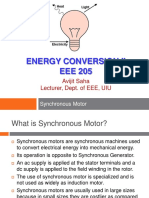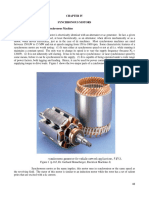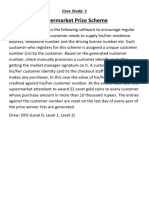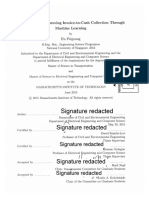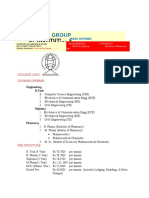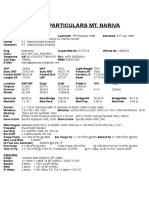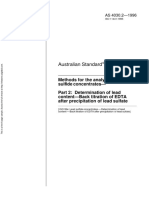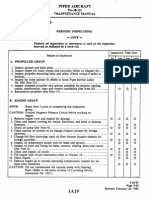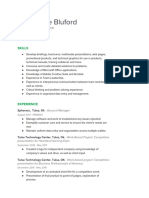0% found this document useful (0 votes)
188 views8 pagesLecture 15 Synchronous Machine
The document provides information about synchronous generators and motors. It discusses synchronous generator performance, parallel operation and synchronization of generators. It then covers synchronous motors, including their equivalent circuit, phasor diagram, power factor, and performance. It provides example problems and solutions related to calculating induced voltages, currents, power outputs, and power factors of synchronous machines under different operating conditions.
Uploaded by
BAIJNATH MANDALCopyright
© © All Rights Reserved
We take content rights seriously. If you suspect this is your content, claim it here.
Available Formats
Download as PDF, TXT or read online on Scribd
0% found this document useful (0 votes)
188 views8 pagesLecture 15 Synchronous Machine
The document provides information about synchronous generators and motors. It discusses synchronous generator performance, parallel operation and synchronization of generators. It then covers synchronous motors, including their equivalent circuit, phasor diagram, power factor, and performance. It provides example problems and solutions related to calculating induced voltages, currents, power outputs, and power factors of synchronous machines under different operating conditions.
Uploaded by
BAIJNATH MANDALCopyright
© © All Rights Reserved
We take content rights seriously. If you suspect this is your content, claim it here.
Available Formats
Download as PDF, TXT or read online on Scribd
/ 8


